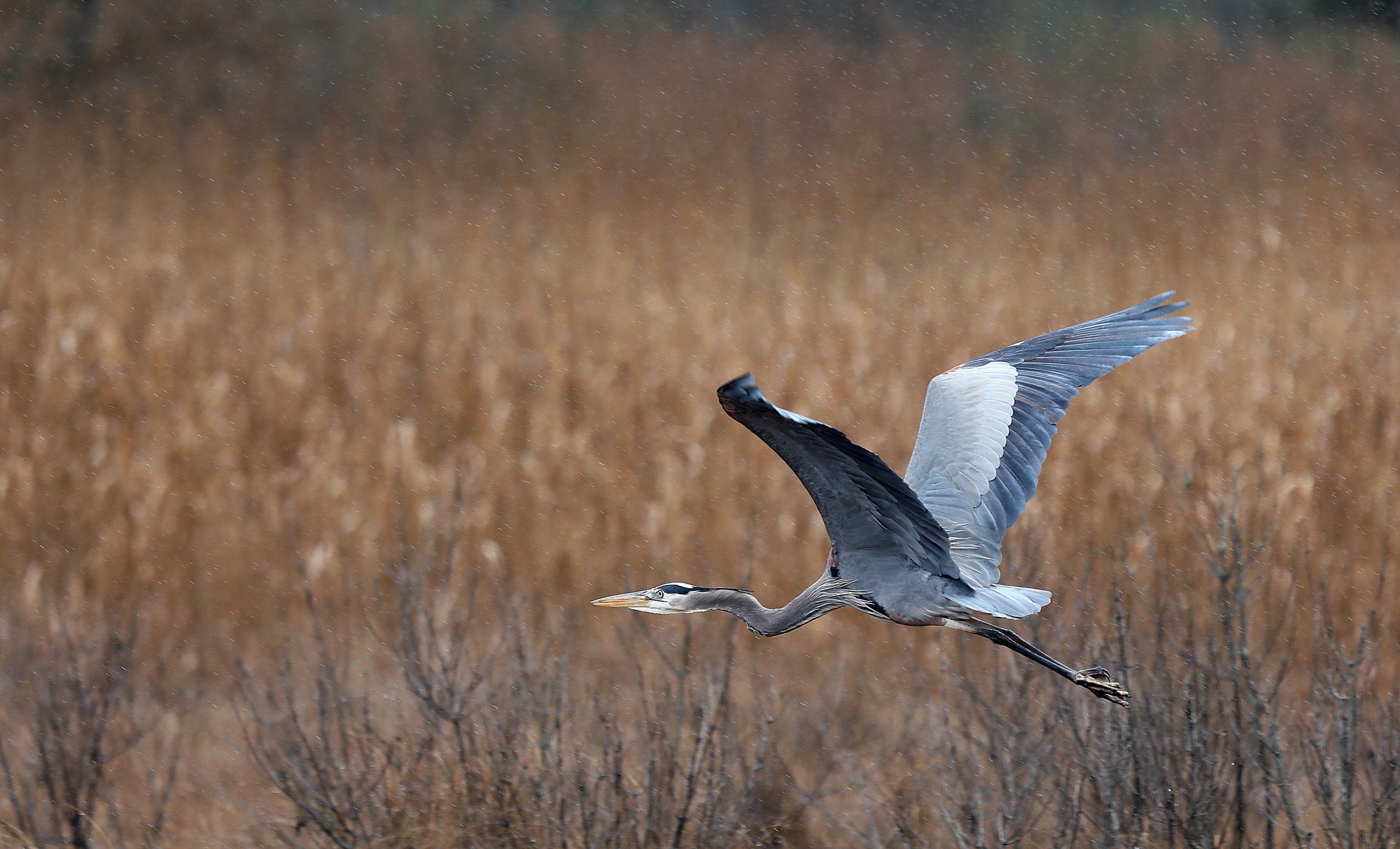When you live in, or visit, an area as beautiful as Virginia’s Middle Peninsula, it can be easy to get transfixed by the macro beauty.
The rivers.
The trees.
The beaches.
The creeks.
But look closer. Look at the micro.
There, in the bushes, so to speak, you’ll find an abundance of wildlife.
The fish.
The birds.
The flora and fauna.
So where can you enjoy Virginia’s water trails on the Middle Peninsula that also double as nature trails? We researched the official Virginia Department of Game and Inland Fisheries trails that span some of the most varied and unique land across the state and outlined a few here on the Middle Peninsula.

One of the larger trails of the Middle Peninsula, the Gloucester Trail boasts numerous great ways to spot local wildlife.
Starting at the Gloucester Point beach, you’re likely to come face to face with waterfowl such as gulls, ospreys, and even a rock pigeon or two.
That’s in addition to the gorgeous views of the York River and George P. Coleman Bridge, of course.

Further up the York River, as another stop on the Gloucester Trail, visitors will find the Rosewell Ruins, the incredible remains of the massive Rosewell plantation once owned by a branch of the Page family.
Here, the stark and slightly austere beauty of the “abandoned” ruins of a once great home is paired with woodland birds, and if you’re especially lucky you might even spot a wild turkey or a bald eagle.
At the more northern end of Gloucester are the two Beaverdam Park locales, each offering a slightly different experience.
The first entrance at the main entrance of the park offers amenities like docks, bathrooms, and offices, as well as great potential views of osprey, herons, and woodpeckers. If you look closely along the fresh water lake, you’ll probably even see an otter or a beaver.

A little different than the Gloucester Trail, the Mathews Trail is largely surrounded by brackish waters considering its location along the North and Piankatank Rivers, as well as the Chesapeake Bay.
Many of the main sites on the trail have boat landings to make traveling the waterways a breeze which is especially great considering the natural abundance of woodland birds and waterfowl.
Some stops you’ll want to explore include the New Point Comfort Natural Area Preserve where you can find shallows, sandbars, white beach, and plenty of flora and fauna to go with it.
Migrating birds, fiddler crabs, and dragonflies all frequent the area and can be spotted with ease.
There’s also the Piankatank River Landing site.
Located at Godfrey Bay, a small jutting marsh, visitors can see a thriving marsh landscape filled with ducks, herons, and loons, as well as dozens of different species of trees and insects.
If you are into marshy wetlands, but also love rockier, rapid type waters, as well as amphibians, reptiles, and birds of prey, you’ll want to add the Mattaponi Trail to your list. Although this trail is heavily situated on the Middle Peninsula, parts of it do even lead into the Richmond area, so that’s always an option too for anyone who really wants to explore.
First charted by Captain John Smith in the seventeenth century Dragon’s Run, known as Dragon’s Swamp, is easily one of the most interesting and most well-preserved waterways in Virginia.
The trail site location, Dragon’s Lair 1, is a great way to get into this historic waterway.
Essentially a lowland swamp surrounding a dense forest, this part of the trail is best experienced with a kayak or canoe.
Also worth mentioning, and very worth visiting, is the King and Queen Fish Cultural Station, also known as the King and Queen Fish Hatchery.
The usual migrating birds, waterfowl, insects, and mammals are available for viewing around the area’s local ponds, however, it’s the hatchery itself that makes this section of the trail unique. Here you can view the farming and restoration of many different varieties of fish in this enormous facility. With over 18 small ponds, there is plenty to see.
